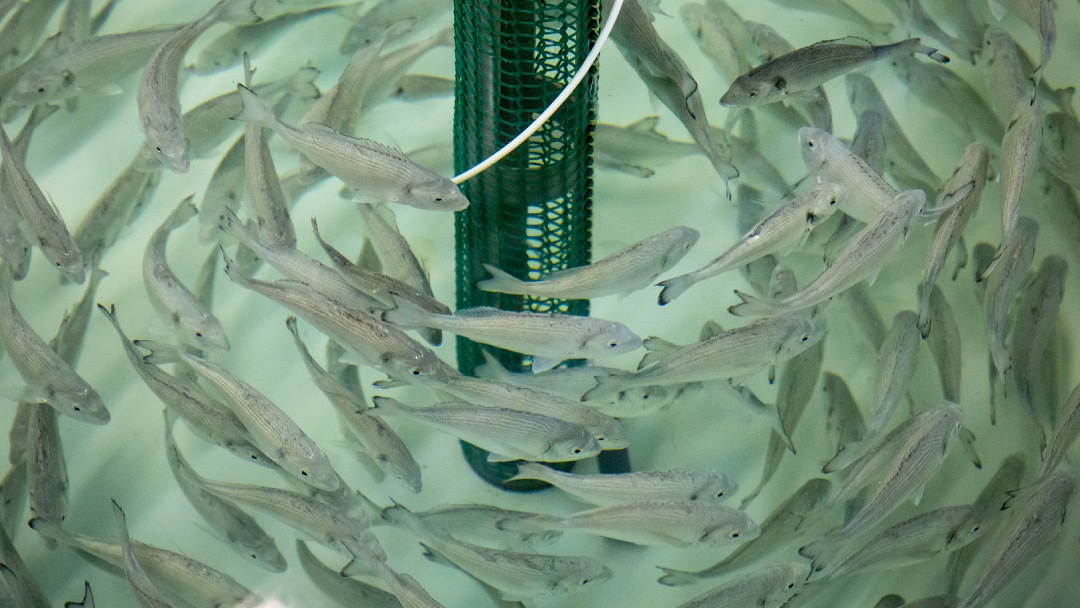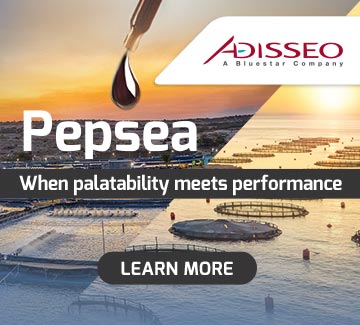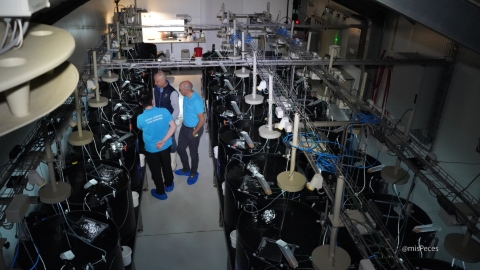
The Combistress project, coordinated by Lluis Tort in collaboration with Mariana Teles, both from the Universidad Autónoma de Barcelona, and Juan Miguel Mancera from the Universidad de Cádiz, in Spain, aims to assess the combined impact of stress factors-such as rising water temperatures, high strocking densities, and chronic exposure to nanoplastics-on the health, productivity, and welfare of aquaculture fish.
According to information shared with misPeces, the researchers will analyse how these stressors affect gilthead seabream (Sparus aurata), which has been chosen as the experimental model species. The fish will be exposed to immune challenges or fasting conditions to evaluate their response.
The researchers highlight that this approach seeks to revolutionise aquaculture management practices, promoting more sustainable operations, improving animal welfare, and providing critical insights for environmental regulations.
The project builds on a previous study that investigated the integration of mucosal and systemic stress responses in aquaculture fish.
As was explained by the researchers, “fish can be impacted by the combined effects of increased water temperatures, high population densities, and prolonged exposure to nanoplastics.” The first two are described as “common stressors in aquaculture operations.” Meanwhile, nanoplastics, considered “emerging contaminants,” may act as “endocrine disruptors, interfering with lipid metabolism, altering energy resource availability, cellular defence mechanisms, and overall fish performance, which ultimately can compromise the quality of the final product.”
Experimental phase designed around four scenarios
The experimental phase will focus on four key scenarios that combine nanoplastics with elevated temperatures. Fish will undergo prolonged exposure to these contaminants, followed by immune stimulation to observe their physiological response.
In another scenario, fish will be exposed to nanoplastics and high stocking densities. Their stress responses will then be evaluated under immune stimulation or during fasting periods.
The remaining two scenarios will include nanoplastics in the diet and analyse immune responses under either temperature conditions or high stocking densities.
In each case, the study will examine factors such as nanoplastic accumulation in tissues, stress responses, metabolic regulation, and the final quality of the fish, providing deeper insights into how these stressors influence fish health and productivity.
This project is funded under the State Programme for the Promotion of Scientific and Technical Research and Knowledge Transfer, as part of the 2021–2023 State Plan for Scientific, Technical, and Innovation Research.


